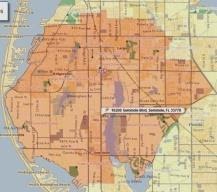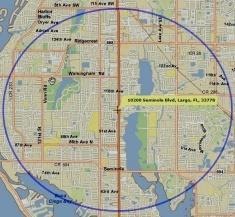Location Analysis Process
- Identify types of real estate market data.
- Identify sources of real estate market data.
- Identify sources of property data.
- Describe the basic features and benefits of mapping software.
- Apply statistical methods to market analysis.
- Recognize limitations inherent in gathering and using market data.







